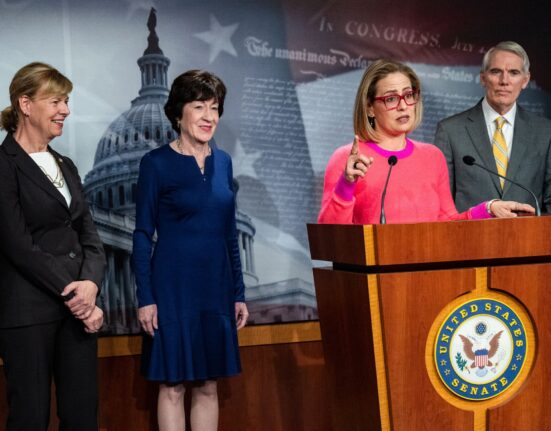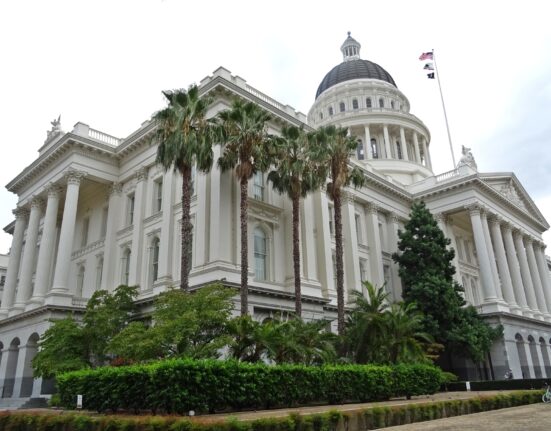Immigration has always been a hot-button issue, and President Trump’s recent move to terminate a program that allowed 530,000 migrants from Cuba, Haiti, Nicaragua, and Venezuela to live and work in the United States has stirred up controversy. The lives of these migrants are now hanging in the balance as they face an uncertain future.
The decision by the Supreme Court to allow the termination of this Biden-era program has far-reaching consequences. These migrants have not only settled across various states like Florida and California but have also become integral parts of American communities. Their removal could disrupt not only their own lives but also impact industries spanning hospitality, health care, and construction.
Homeland Security Assistant Secretary Tricia McLaughlin defended this move as a step towards “America First,
” citing concerns about public safety. However, immigration advocates view this decision as a severe blow to the livelihoods of hundreds of thousands of individuals who sought refuge in the U.S. after fleeing crises in their home countries.
Talia Inlender, deputy director at UCLA School of Law’s Center for Immigration Law and Policy, expressed deep concern over the abrupt change: “This is the first time that an administration has come in and pulled the rug out from under people.”
The significance of this legal shift cannot be understated as it directly affects those who came lawfully through the CHNV program.
The ramifications are vast – from legal status being revoked for half a million individuals to potential economic repercussions in states where these migrants reside and work. The uncertainty looming over their future is palpable as questions arise about where they will go next and how they will rebuild their lives if forced to leave.
As we delve deeper into understanding who these migrants are beyond just numbers on paper; they represent stories of resilience, hope, and aspirations for a better life. Each individual impacted by this decision has a unique tale that intertwines with America’s narrative – one characterized by diversity, struggle, and ultimately dreams for a brighter tomorrow.
In light of these developments, it becomes crucial to ask: Who are these individuals stripped off legal status? Where do they call home within American borders? What kind of work sustains them day-to-day? And most importantly, what lies ahead for them post this controversial policy change?
The complexities surrounding immigration policies often overshadow the human faces behind statistics or political rhetoric. It’s essential to remember that every number represents a person with a story worth telling; someone who embarked on an arduous journey seeking safety or opportunity with dreams mirroring those held by generations before them.
The societal fabric woven by immigrants is rich in diversity and resilience – each thread contributing its unique hue to create a vibrant tapestry known as America. As we navigate through turbulent times marked by policy shifts impacting vulnerable populations like these migrants – it is imperative to pause and reflect on what values truly define us as a nation.
In conclusion, Trump’s decision to end the program accommodating 530K migrants illuminates broader discussions around immigration policies’ humanitarian aspects beyond mere numerical figures or political strategies. It underscores our collective responsibility towards creating inclusive spaces where everyone – regardless of origin or background – can find solace under America’s welcoming embrace.









Leave feedback about this